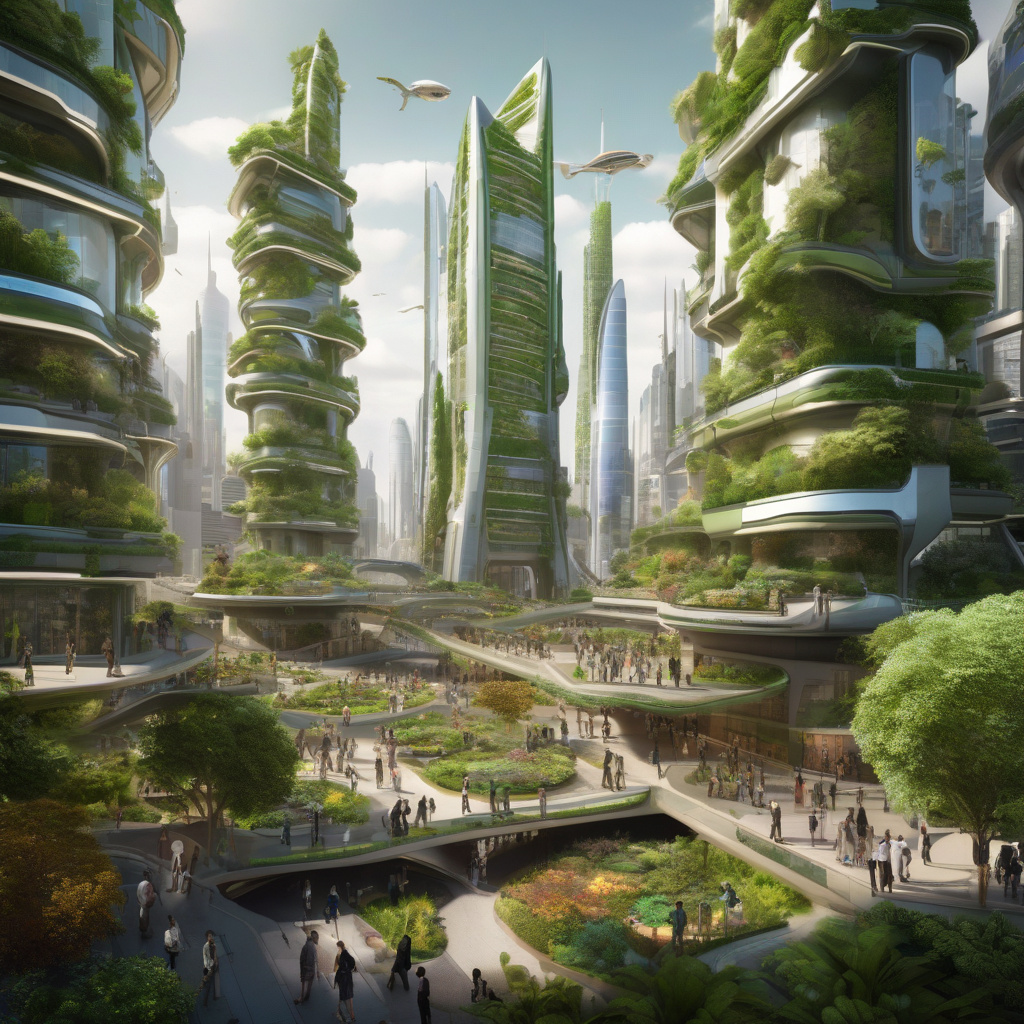The Future of Smart Cities: Enhancing Efficiency with Multi-Modal Retrieval-Augmented Generation
In the realm of urban management, the challenges faced by modern cities are increasingly intricate. From tackling traffic congestion that hampers daily commutes and economic activities to maintaining infrastructure promptly when faced with damaged roads or broken utilities, the list goes on. Moreover, keeping a close eye on air quality and environmental factors is paramount for public health and safety in bustling urban environments.
The pivotal question arises: how can city planners, traffic managers, and environmental regulators effectively address these multifaceted challenges in real time? The answer lies in leveraging cutting-edge technologies, particularly advanced Artificial Intelligence (AI) systems. These AI-driven solutions empower urban stakeholders with the capability to harness data efficiently for informed decision-making, ultimately fostering smarter and more sustainable cities.
Picture this scenario: a city planner needs to swiftly determine which roads necessitate immediate repairs and strategize optimal traffic rerouting. In the past, obtaining such critical insights would have been a cumbersome and time-consuming process due to the fragmented nature of available data. However, with the advent of Multi-Modal Retrieval-Augmented Generation technology, this task becomes not only feasible but remarkably streamlined.
By seamlessly integrating diverse data sources – ranging from traffic patterns and infrastructure conditions to environmental indicators – Multi-Modal Retrieval-Augmented Generation systems provide a comprehensive and real-time snapshot of urban dynamics. This holistic view enables urban stakeholders to make data-driven decisions swiftly, thereby enhancing operational efficiency and responsiveness across various domains.
Imagine the transformative impact of AI-driven systems equipped with Multi-Modal Retrieval-Augmented Generation capabilities in addressing urban challenges. Traffic managers can proactively optimize traffic flow by analyzing real-time data from multiple sources, thereby mitigating congestion and enhancing commuter experiences. Simultaneously, city planners can prioritize infrastructure maintenance based on predictive analytics, ensuring timely repairs and minimizing disruptions to daily life.
Furthermore, environmental regulators can leverage AI tools to monitor air quality and environmental parameters continuously, promptly identifying potential hazards and initiating preventive measures. This proactive approach not only safeguards public health but also contributes to the overall sustainability of the urban ecosystem.
In essence, the synergy between advanced AI technologies and Multi-Modal Retrieval-Augmented Generation heralds a new era of smart city management. By amalgamating diverse data streams and generating actionable insights in real time, these innovative systems empower urban stakeholders to navigate complex challenges with precision and agility.
As we navigate the ever-evolving landscape of urbanization, embracing the potential of AI-driven solutions with Multi-Modal Retrieval-Augmented Generation is not just a strategic choice but a necessity for building resilient, efficient, and sustainable cities. By harnessing the power of data and technology, we can pave the way for a future where cities thrive as interconnected hubs of innovation and progress.

